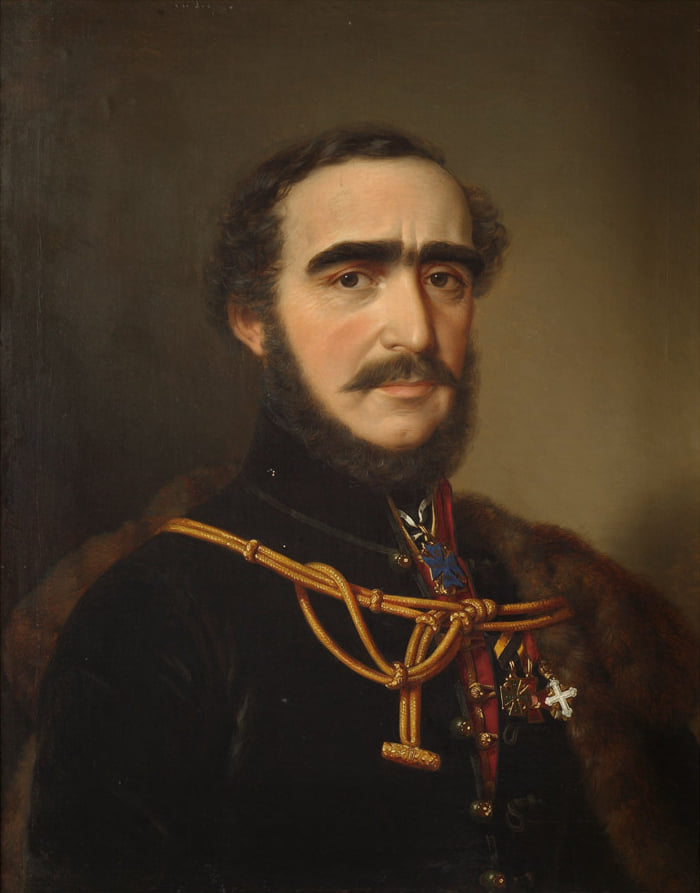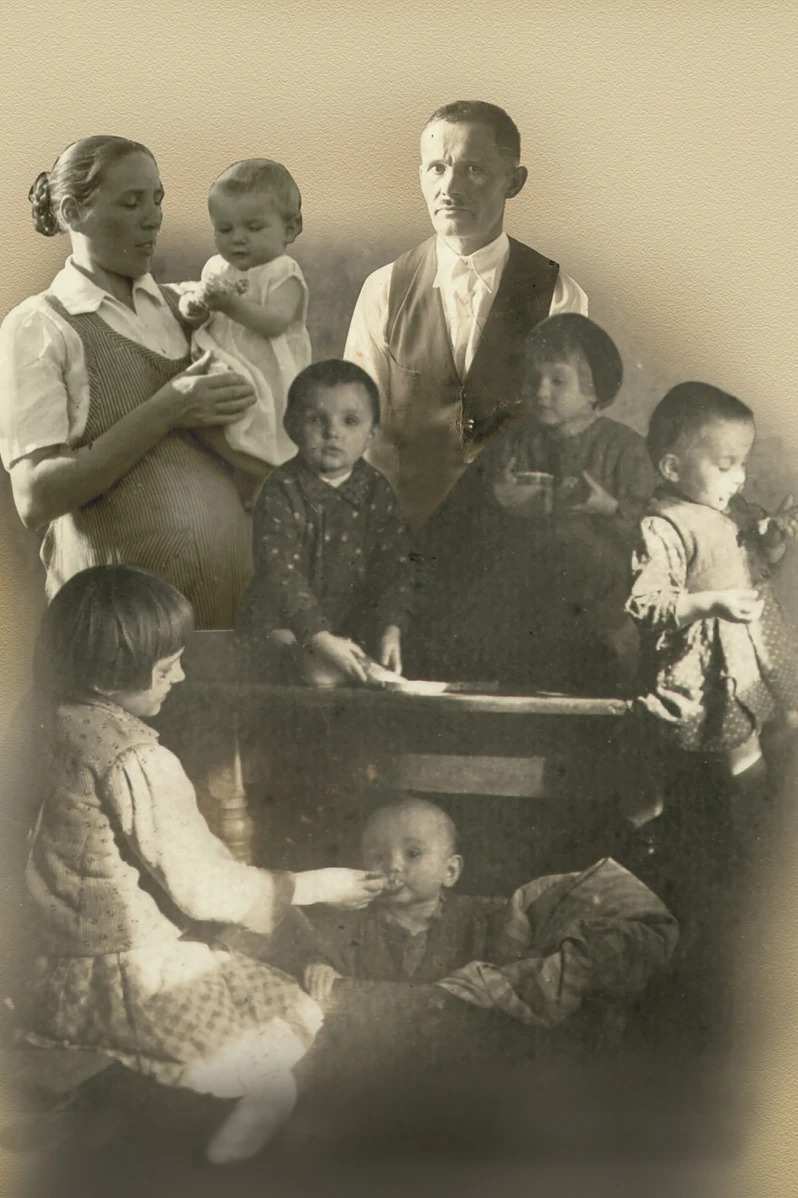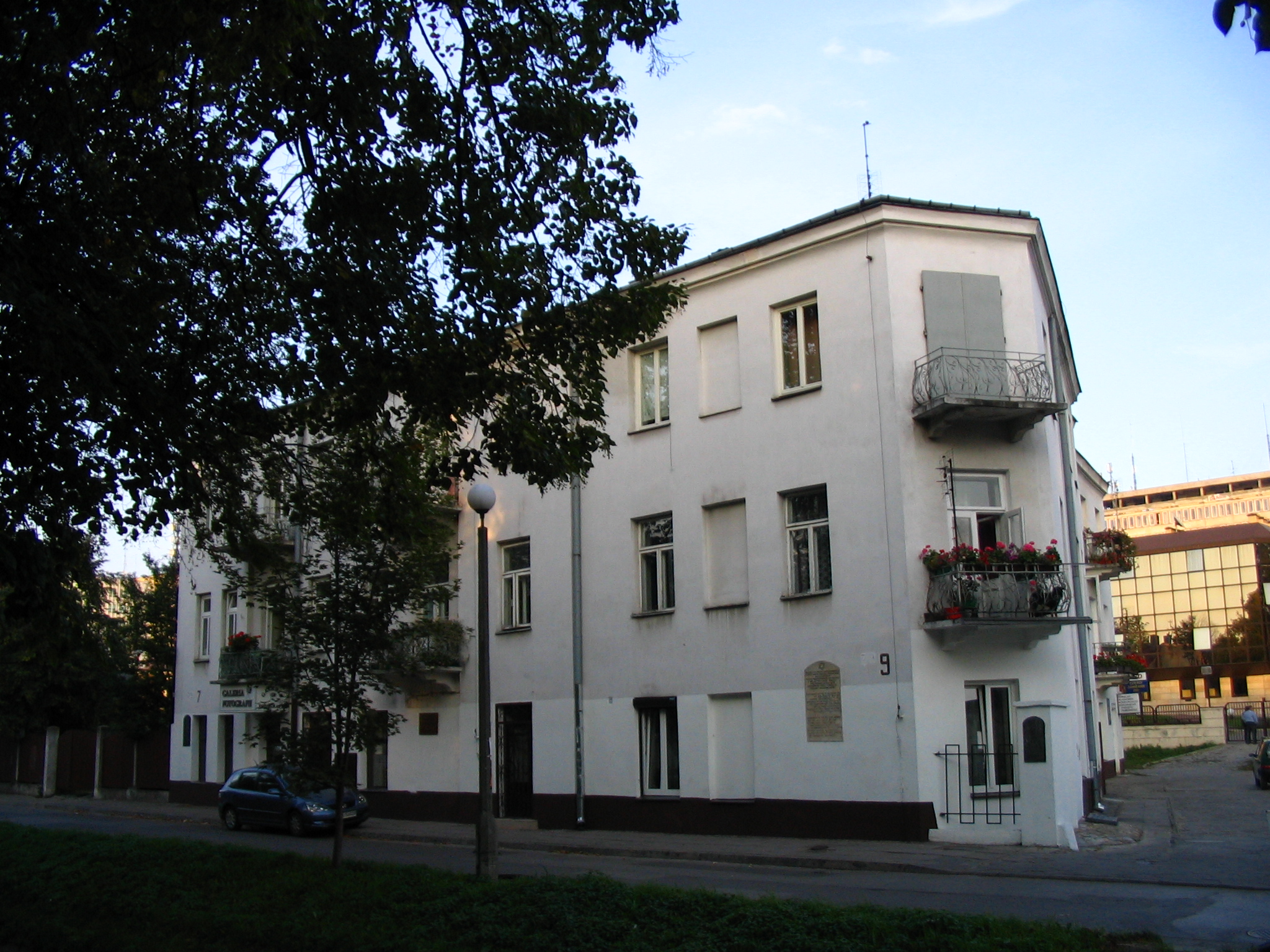The Last Diet in Pozsony (Bratislava) – Pozsony (Bratislava)
Fact of the Hungarian figure „Bloodless Revolution in Pest – The birth of the political nation”
Part of the „Revolutions of 1848″ topic
The final session of the Hungarian Diet held in Pozsony (now Bratislava) in 1848 marked a defining moment in the revolutionary wave sweeping Europe. This assembly, deeply rooted in the reform era, became the stage for Hungary’s drive toward constitutional transformation and a modern political identity. Key figures such as Lajos Kossuth, a fiery orator and political reformer, and his rival, István Széchenyi, known as „the Greatest Hungarian,” shaped the ideological debates that influenced the nation’s future.
Kossuth, with his parliamentary reports (országgyűlési tudósítások) published in the Pesti Hírlap, brought the Diet’s debates and progressive ideas to a wider audience. His writings stirred public opinion, making the aspirations of the reformists resonate with a growing middle class. At the 1847–1848 Diet, Kossuth famously proposed the April Laws, demanding civil liberties, equality before the law, and national sovereignty. His charisma and vision for a constitutional monarchy aligned with Hungary’s national interests galvanized the revolutionary movement.
In contrast, Széchenyi, a nobleman and reformist, was cautious about rapid change. Advocating for gradual modernization, he emphasized the importance of infrastructure, education, and economic development. Széchenyi’s landmark projects, such as the Chain Bridge (Széchenyi Lánchíd) connecting Buda and Pest, symbolized his vision of a united and prosperous Hungary. Despite his criticism of Kossuth’s radicalism, Széchenyi’s contributions laid the foundation for a modern Hungarian state.
The events in Pozsony were intrinsically linked to Central Europe’s broader revolutionary surge. Inspired by the revolutions in Vienna and Paris, the Diet’s declarations signified the beginning of Hungary’s separation from Habsburg absolutism. With Pozsony serving as the historical backdrop, the Diet not only approved critical reforms but also voted to relocate the Hungarian Parliament to Pest, signaling the emergence of a new political and cultural epicenter.
This convergence of ideas, embodied by Kossuth’s fervor and Széchenyi’s pragmatism, underscored Hungary’s role in the 1848 revolutions. While their visions clashed, their legacies collectively propelled Hungary into the modern era, shaping its national identity and its place in Central European history.







